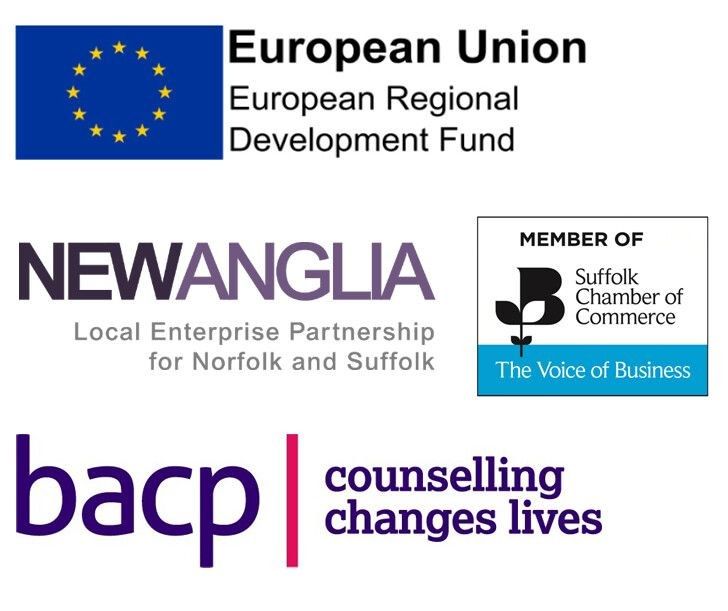We live in a society which denies death. Death is viewed online, on television, and videogames, but this is all a step removed from seeing death on an everyday basis. The death and killing that happens with regularity through TV and films means that we can emotionally detach from it and become desensitised to the reality of the pain and grief associated with it.
Death that happens to real people is something that is hidden through institutional practices. The dying are typically cared for in care homes, hospitals and hospices. The dead are cared for by funeral directors. And unless we work in those industries we are rarely confronted with the realities of death. But Covid19 has started to change that landscape by bringing the potential for death and illness to our doorsteps. The news reports the daily toll of the number of lives the virus has claimed, and we are being told that not wearing a mask, not washing our hands, or a simple hug, could kill our parents or grandparents. It is perhaps not then surprising that at the Teenage Mental Health Centre in Ipswich we have seen a significant increase in children with death anxiety in recent months. They are afraid of their parents and grandparents dying from Covid19 and frightened of their own death.
Some level of death anxiety is a normal part of human existence. It helps keep us alive by reminding us not to take life-threatening risks. It can raise big existential questions such as “what am I doing with my life?” “What is life all about?” “Am I heading in the right direction?” In order to answer these questions, death anxiety can be life’s great motivator pushing us into action and committing us to lead a more enriched life – think bucket lists and the YOLO (You Only Live Once) attitude. A fear of death is relatively common amongst children but has been particularly heightened during this coronavirus crisis. Death anxiety amongst children can manifest in a variety of behaviours including teariness, anxiety, anger, unspecific “worries”, clinginess, risk-taking behaviour, and nightmares. So how should we talk to children about death and how can we help them to manage their anxieties?
Firstly, don't avoid the topic. We have had children at the centre whisper the words “death” “coffin” and even “Coronavirus” like they are naughty words. An avoidance of the topic makes it seem wrong to talk about, and the child won’t feel comfortable having an open conversation about their fears. Try to incorporate death discussions into your daily lives so that it is seen as a natural part of the life course.
Avoid using euphemisms when discussing death. By using “nice” phrases like “Grandma is sleeping” can be confusing and unclear. It implies that Grandma might eventually wake up and it could even lead to sleep problems with the child, who worries that they too might not wake up. Saying “We lost Grandad” is another unhelpful term as it implies that death is a temporary and reversible state. Instead use clear language such as “died” or “dead”, and explanations such as “his body stopped working” or “when someone dies then they can no longer eat or sleep or do the things it could do before”. You do not need to tell them all the gory details of a death, but a clear message about what has happened is important.
A child’s imagination can take them to a place which is even more frightening than the reality, so by talking to them about the truth of the death can sometimes be reassuring. Also knowing that death tends to happen to people when they are very old or very sick can be reassuring too. Although their concept of “old” might be quite different to yours! If you have a spiritual belief in your family, share what you believe happens next. If not, you might frame the answer to the question “what comes next” by talking about that person living on through our love for them and in our memories. There are some good children’s books which help the child explore death issues and attachments such as “Invisible String” (Karst, 2018), “Badger’s parting gift” (Varley, 1987) and many others.
Create strong routines for your child. Established routines and a sense of order in a child’s (or adult’s) life creates meaningfulness and a state of emotional security. In that routine it is important to build in time for relaxation, reflection, and talking. This could be a set 10- minute uninterrupted worry session at the end of each day where your child can come to talk to you about any worries or fears.
Finally, look for positives in life and affirming actions. You might want to talk to your child about things you are grateful for every day and ask them to notice beautiful things around them. For example, on a walk, notice the trees, a beautiful sky, or the people around them. Encourage them to do small, kind actions to help people around them. These things can make them feel more part of the world, part of a community, and part of the present moment instead of worrying about what might happen in the future.

